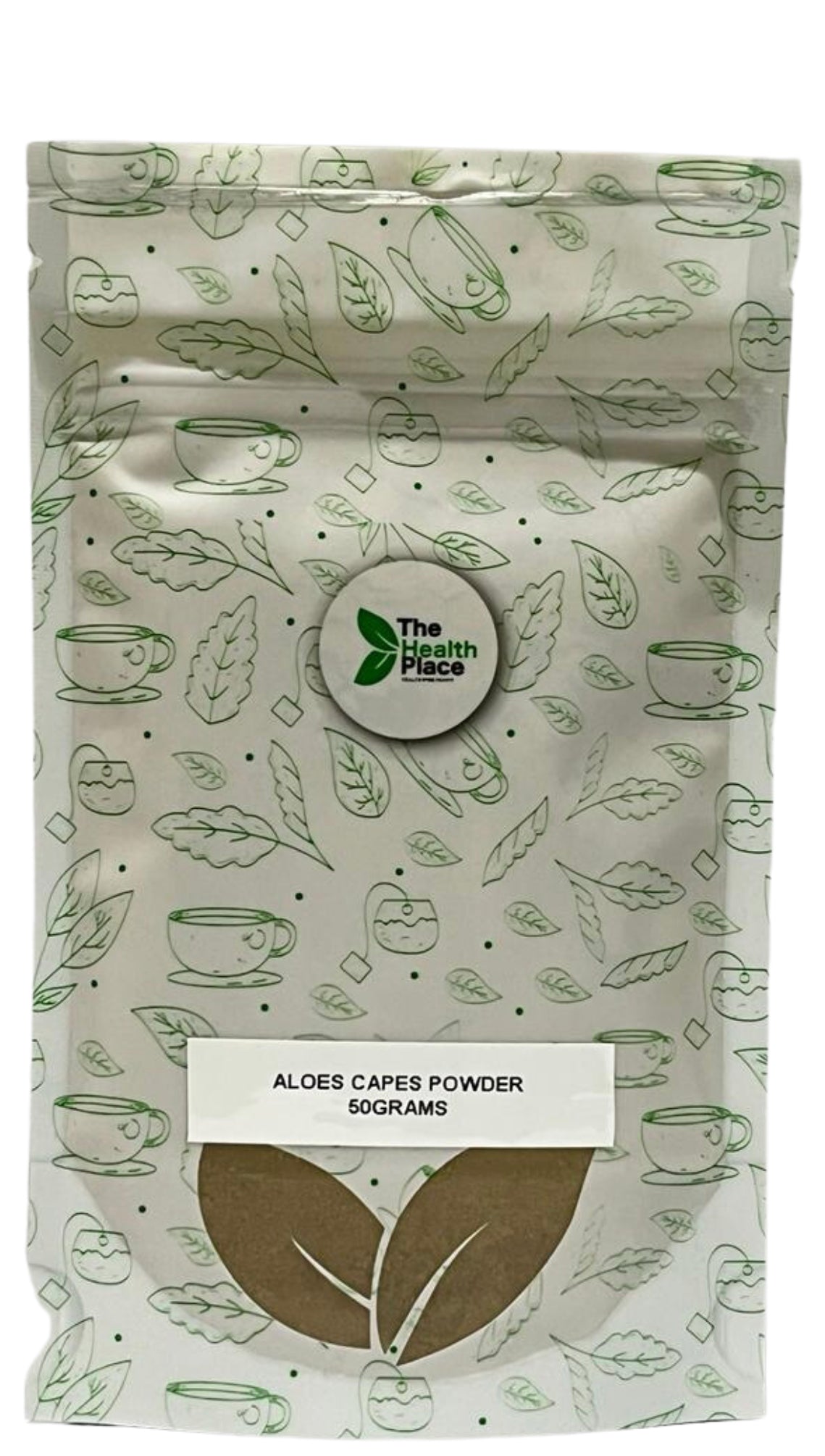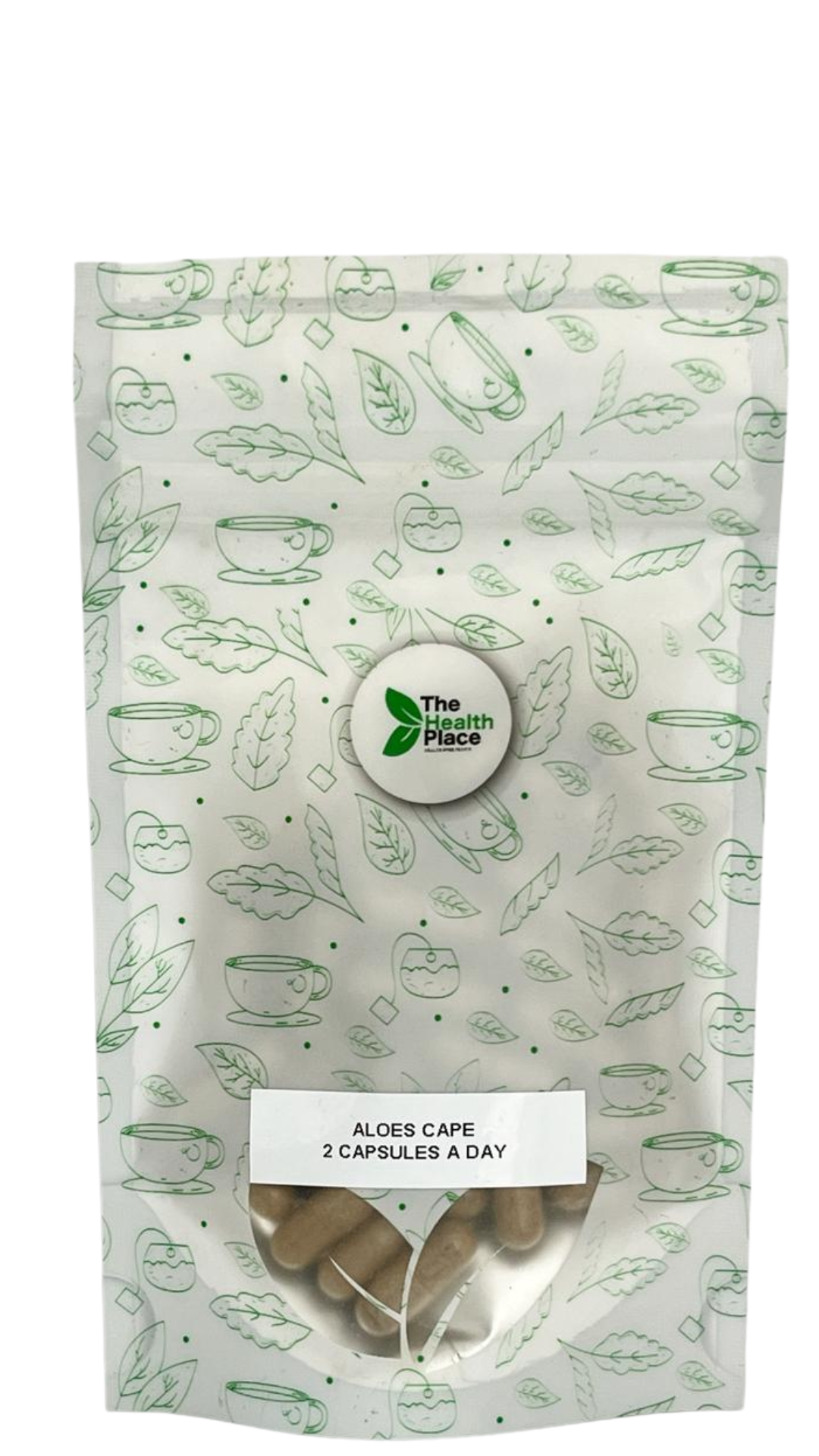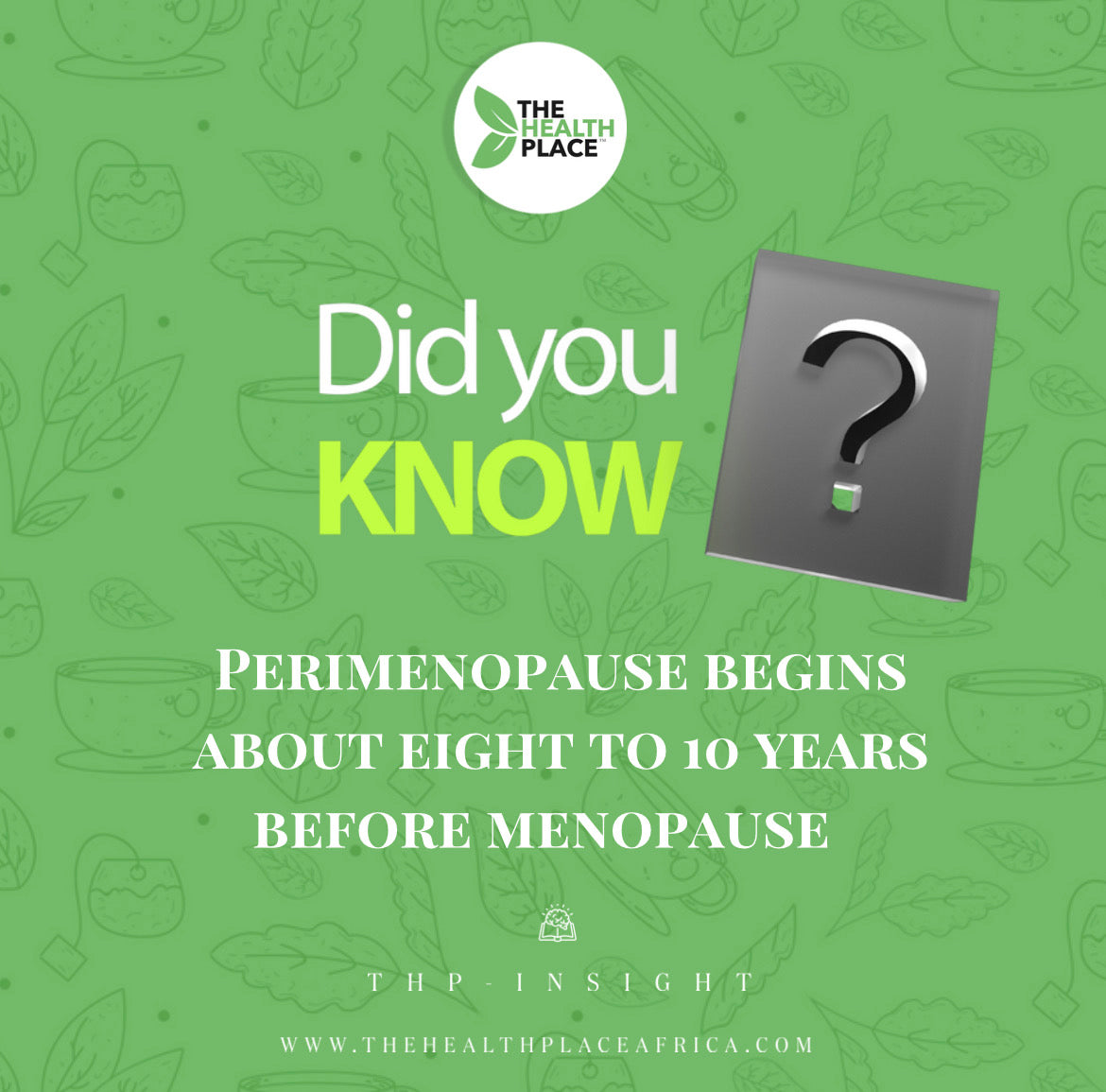

Aloes (Cape) Powder- 50 Grams
Aloe Ferox Powder
Botanical Name: Aloe ferox
Origin: South Africa
Common names: Cape Aloe, Bitter Aloe, Red Aloe
Local names include: Bitteralwyn, Tap Aloe, Sotho-umhalba, and Zulu umhlaba.
Synonyms: Aloe candelabrum, Aloe berger
A naturally dried botanical powder from the leaves of Aloe ferox, a tall, spiny aloe species native to South Africa. Recognized for its deep green to brownish tone, mild earthy-bitter aroma, and fine powder consistency.
It is traditionally known for its use in external body care recipes, botanical blends, and natural formulation bases.
Color, scent, and texture may vary due to natural sourcing and seasonal variation.
Product Characteristics
• Fine, naturally bitter botanical powder
• Earthy aroma with green-brown tone
• Can be mixed with clays, hydrosols, or carrier oils
• Suitable for external preparations or dry blends
• No fillers, colors, or preservatives
Traditional and Lifestyle Use
• Used in botanical powders, masks, and external skin preparations
• Can be added to natural formulation recipes
• Often included in topical herbal mixes
• Store sealed, away from moisture and direct sunlight
Premium Quality
• Imported 100% raw from trusted sources ✔
• Carefully Packed in Nigeria ✔
• ISO 22000:2018 Certified ✔
• SGS cGMP (21 CFR Part 111) Certified ✔
• Halal & Kosher Certified ✔
• Non-GMO ✔
All our products are 100% natural, produced under globally recognized certifications, and processed in FDA-registered, GMP-certified facilities.
Statements regarding dietary supplements have not been evaluated by the FDA and are not intended to diagnose, treat, cure, or prevent any disease or health condition.

Choose options





